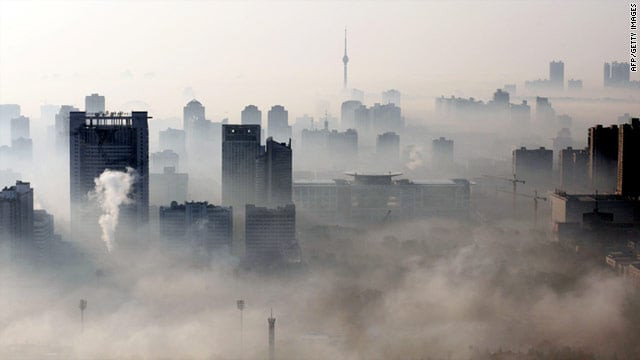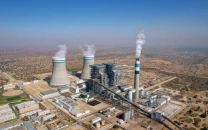Central banks flex green muscle for climate fight
Climate-driven events increasingly affect inflation, economic growth and financial stability

Central bankers fighting to save the global economy from the coronavirus fallout are preparing to deploy their firepower in another unprecedented battle - against climate change.
The wildfires, floods and droughts that ravaged large parts of the earth this year were reminders that Covid-19 is not the only crisis damaging the world economy. Such climate-driven events increasingly affect inflation, economic growth and financial stability.
European Central Bank (ECB) President Christine Lagarde this month indicated that policymakers were up for the task, saying the ECB may need to address climate risks via its stimulus programmes and other policies.
Why central banks?
The Network for Greening the Financial System (NGFS), a group comprising 74 central banks and regulators including all the largest ones with the exception of the US Federal Reserve, argues that climate change, as a source of financial risk, falls squarely within central bank mandates.
Banks and financial companies that lend against or insure assets such as buildings in Italy’s lagoon city Venice or oil refineries could face major future losses.
A 2017 study funded by the German government warned that up to $20 trillion in assets risk becoming “stranded” - effectively worthless - by 2050 as the world weans itself off fossil fuels.
Separately, the Carbon Disclosure Project, a UK-headquartered non-profit, estimates that the world’s 500 largest companies are exposed to nearly $1 trillion in climate risk.
It all leaves markets vulnerable to what the Bank for International Settlements dubs a “green swan” crisis - similar to the 2008 meltdown stemming from banks’ exposure to subprime mortgages.
Central banks are increasing purchases of green bonds - used to finance clean energy and environmental projects - with proceeds earmarked for sustainable projects. The ECB already owns 20% of eligible euro-denominated green debt, having only started buying corporate bonds in 2016.
But ironically, polluting oil, energy and mining firms have received a boost from central banks via lower borrowing costs and inclusion in asset-purchase schemes. Hence, calls by the likes of Greenpeace for so-called green quantitative easing to ensure that stimulus doesn’t fund projects harming the environment.
Elsewhere, the Bank of England and the Dutch central bank are including climate among criteria for bank stress tests while China’s central bank accepts some green bonds as collateral.
The normally reticent Bank of Japan is stepping up too, with Governor Haruhiko Kuroda recently listing climate change among the biggest challenges facing the world economy.
Sweden’s Riksbank said last November it sold off the bonds of some Australian and Canadian provinces with high greenhouse gas emissions, showing that central banks’ $10 trillion-plus in reserves may prove a potent tool in the climate fight.
Published in The Express Tribune, October 29th, 2020.
Like Business on Facebook, follow @TribuneBiz on Twitter to stay informed and join in the conversation.



















COMMENTS
Comments are moderated and generally will be posted if they are on-topic and not abusive.
For more information, please see our Comments FAQ